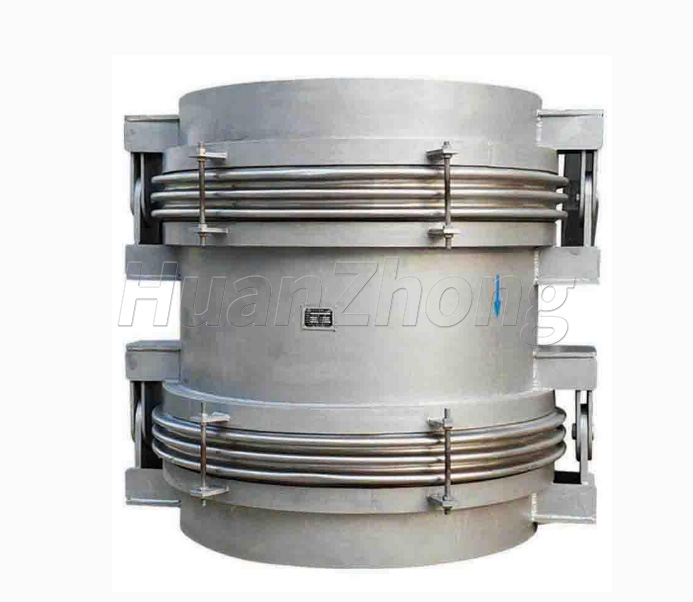Under what circumstances are multi-layer corrugated compensators used?
Under what circumstances are multi-layer corrugated compensators used?
Multi-layer corrugated compensators or bellows are a type of flexible element used in piping systems to compensate for thermal expansion, vibration, and other mechanical movements in the system. These compensators consist of multiple layers of thin metal sheets, which are corrugated to create a bellows structure. Each layer possesses unique design features that enhance its strength and flexibility, enabling it to accommodate a wide range of movements within the piping system. Multi-layer corrugated compensators are used under various circumstances, including:
1 . High pressure and high-temperature applications: Multi-layer corrugated compensators are ideal for high-pressure and high-temperature applications because of their ability to absorb large amounts of pressure while maintaining flexibility. The multi-layer structure prevents structural failure and maintains its integrity even when subjected to high pressures.
2 . Use in harsh environmental conditions: The use of multi-layer corrugated compensators is common in piping systems operating in harsh environmental conditions. These conditions include corrosive, high humidity, high-temperature areas where the maintenance of the piping system is difficult. The flexibility of the bellows ensures that potential damage caused by thermal expansion and contraction, vibration, and other movements is minimized.
3 . Long life: Multi-layer corrugated compensators are durable components that can withstand the stresses and strains associated with thermal expansion, vibration, and other mechanical movements over an extended period. They also have excellent fatigue resistance, which ensures that the compensators maintain their flexibility for longer than other types of compensators, increasing their lifespan.
4 . Large amounts of movement: Multi-layer corrugated compensators can absorb high levels of movements within the piping system. These movements include axial, lateral, angular, and torsional movements, which other types of compensators cannot accommodate. Therefore, multi-layer corrugated compensators are the preferred choice in installations that experience large axial, angular, and lateral movements.
5 . Reduced maintenance costs: The installation of multi-layer corrugated compensators in a piping system reduces the frequency and cost of maintenance. These compensators do not require regular maintenance, are easy to install, and have a longer lifespan than other types of compensators.
6 . Greater system stability: Multi-layer corrugated compensators improve the piping system's stability by absorbing movements that cause stress and strain on the system. The resulting stability reduces the risk of system failure caused by excessive stress.
In summary, multi-layer corrugated compensators are mainly used in harsh environmental conditions, high-temperature and high-pressure applications, and when a piping system's high flexibility is required. They are durable, long-lasting components that require minimal maintenance and reduce the risk of system failure caused by excessive stress. The use of multi-layer corrugated compensators should be considered in any application where movements associated with thermal expansion, vibration, and other mechanical movements occur in the piping system.
